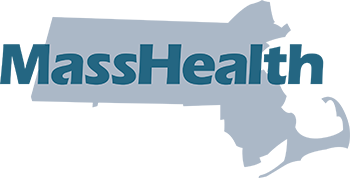Not really sure what an HMO really is? Do you only “Kinda, sorta” understand deductibles? Health insurance seems to have a language of its own and you want to be sure you’re choosing the right plan. Here, we’ll try to help you by explaining some of the most common terms you’ll see while you’re shopping for insurance.
Co-insurance
If a health care service has co-insurance, you pay a percentage (part) of the cost for that service. Usually, you start to pay co-insurance after you meet your deductible. It is not a fixed cost like a co-pay. The amount you pay depends on the total cost of the service.
Deductible
The total amount you must pay in a plan year before your plan will pay for part or all of your services. Some services may not have a deductible. They may be free or just have a co-pay, even though you haven’t met the deductible yet.
Maximum out-of-pocket cost (MOOP)
The most you pay in one year for health care services. Once you pay this, your plan pays for all of your covered services for the rest for the year.
Metallic Tier
The Health Connector’s plans are in tiers (levels) named after metals: Platinum, Gold, Silver, and Bronze. These metallic tiers are based on how you and your insurance plan split costs. A plan’s metallic tier has nothing to do with quality of care you get, but does make it easier for you to compare plans.
Here’s how it works:
- Platinum and Gold plans have the highest premiums (monthly cost) but the lowest costs (deductibles and co-pays) when you get health care services.
- Silver plans have lower premiums but higher costs when you get health care services.
- Bronze plans have the lowest premiums but the highest costs when you get health care services.
Provider network
A provider network is a group of doctors, hospitals and other providers that works with the health plan to give you care. Each plan has a network. There are different types of networks.
- In-network means the provider is part of the health plan network. If you get care from an in-network provider, it will cost you less.
- Out-of-network means the provider is not part of the health plan network. If you get care from an out-of-network provider, your plan may not pay for those services and you could have to pay all or part of the cost yourself.
Before you enroll, make sure any providers you want to use are in the plan’s provider network. If you get care from a provider that is not in the plan’s network, you could have to pay out-of-pocket for all or part of the costs.










